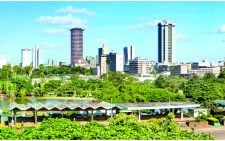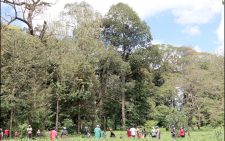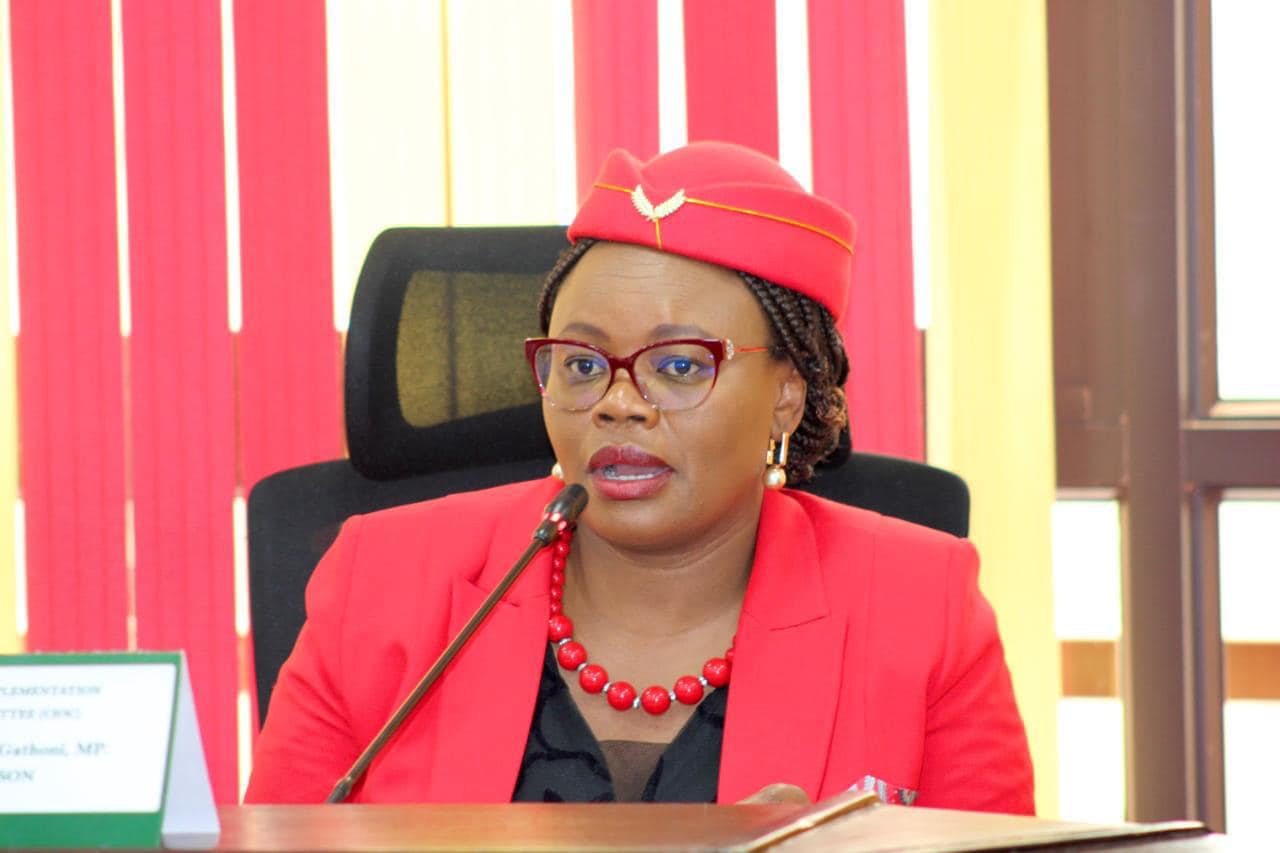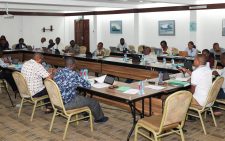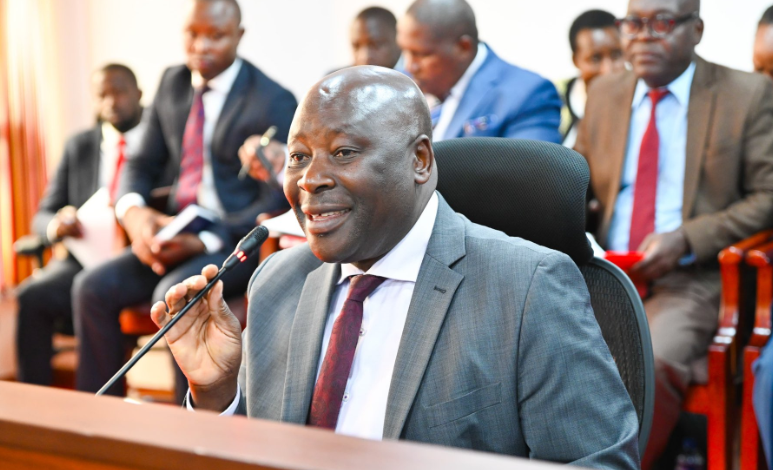Invasive alien species pose risks to livelihoods, wildlife

One of the key drivers of biodiversity loss identified by scientists again during last week’s International Day for Biological Diversity is invasive alien species (IAS).
The focus of this year’s biodiversity day was on the linkages between the 2030 Agenda and its Sustainable Development Goals (SDGs), and the goals and targets of the Kunming-Montreal Global Biodiversity Framework (GBF), as two universal agendas that must be pursued in tandem.
Action on the SDGs and the GBF must be accelerated in the last five years before the agreed implementation period for the goals and targets of the two agendas expires.
The threat of IAS was last highlighted as an issue of concern and theme for the International Day for Biological Diversity in 2009.
The threat continues, and, according to a recent report by the Intergovernmental Science-Policy Platform on Biodiversity and Ecosystem Services (IPBES), it is now one of the five major drivers of biodiversity loss.
As key drivers of biodiversity loss, invasive alien species drive up to 60 per cent of all recorded global extinctions, either on their own or alongside other factors. However, with early detection, the loss is preventable.
Scientists say humanity must make stopping the spread of IAS a priority to make a difference to wildlife, ecosystems and communities in protected areas worldwide.
Problematic alterations
“Each year on International Day for Biological Diversity, we are called upon to re-examine our relationship with the natural world and recommit to respecting and protecting it,” International Institute for Sustainable Development (IISD) Climate Adaptation and Protected Areas (CAPA) Initiative Africa Lead, Susan Sekirime, notes.
Referring to Uganda’s Queen Elizabeth National Park (QENP), home to over 95 mammal and 600 bird species, Susan says the park is being dramatically altered by invasive plant species whose arrival is being supercharged by increasing temperatures.
“Once a healthy savannah grassland, the park is rapidly transforming into a dense, thorny scrubland. Most problematic among these invasive species is dichrostachys cinererea, commonly known as sicklebush,” Sekirime explains.
The IPBES report reveals that IAS are the sole driver in 16 per cent of documented global extinctions.
The scale and severity of the problem helped ensure that minimising the spread of IAS is enshrined as a core target of the GBF (Target 6).
Besides the threat they pose to wildlife, IAS impose enormous costs on agriculture, forestry, fisheries, other natural resource-based sectors, and human health.
These costs have been estimated at more than US$423 billion per year – an amount scientists believe has quadrupled every decade since 1970.
Without concerted effort, and with the increased movement of people and goods brought about by globalisation, as well as the compounding effects of climate change and habitat degradation, the number of IAS and their impacts are projected to increase.
The removal of IAS brings relief, but at a price.
“The most economical way to manage IAS is through prevention, along with early detection and rapid response (EDRR). These two approaches are much more effective than trying to manage a widespread infection. What is now happening in QENP is proof of this,” Sekirime says.
Sicklebush has a wide natural distribution, ranging from southern and tropical Africa to India, though its true native range is still disputed.
What is true for QENP is that while sicklebush has always existed in the park, its rapid spread, driven by drought conditions and higher temperatures, has meant that it now covers almost 50 per cent of the park, according to the Uganda Wildlife Authority (UWA).
The spreading sicklebush has created impenetrable thickets that have lowered the park’s carrying capacity for grazing wildlife species, restricted wildlife movement, and blocked access to water points.
Animals, both prey and predators, are now leaving QENP to seek food and water in the neighbouring communities, exacerbating human-wildlife conflict in the area, affecting the lives, livelihoods, food security, and well-being of many already-vulnerable people living in and around the protected area.
This situation is also affecting the tourism industry, a significant source of revenue for Uganda and the local communities, as those animals remaining in the park are increasingly difficult to see.
Under the CAPA Initiative, IISD and the Worldwide Fund for Nature have worked with local communities to clear sicklebush from over 200 hectares in strategically important areas in QENP, providing urgent relief to wildlife that could no longer access critical grazing grounds and watering points.
Costly exercise
The work made an impact quickly, but it is just a drop in the ocean given the scale of the problem.
A total of 110,000 hectares of the park are estimated to be impacted by sicklebush and other IAS, according to UWA.
The cost of removing these invasive species is high; it costs roughly USD1,200 to clear one hectare of sicklebush manually.
With the affected area totalling close to 110,000 hectares, roughly USD124 million would be needed to fully eradicate the problem, and this would only cover the initial removal.
To achieve effective results, more funding would be needed for follow-up management action to eliminate re-sprouts.
UWA has attempted to eliminate and control sicklebush in QENP and other protected areas across the country through mechanical removal, but the use of machinery, while less expensive, did not adequately remove the root structure of the plant, and catalysed massive sprouting through remnant root systems as well as leaving soils over-compacted, which hindered natural regeneration.
Investing in early detection is crucial.
A similar trend of costly removal of IAS is observed in most cases where attempts are made to eradicate IAS after it has spread, making investment in EDRR by far the best way forward.
Sekirime says this is even more important now, with more than 1 million animal and plant species considered to be threatened with extinction, according to IPBES, and given the stark shortfall in global conservation funding revealed last year at the 16th United Nations Biodiversity Conference (COP16) in Cali, Colombia.
“Tight budgets mean conservation decision-makers must identify and prioritise those management strategies and investments in critical ecosystems that are most likely to achieve better results per dollar invested for species’ recovery and conservation,” she states.
“Addressing tomorrow’s IAS invasions must begin today, with smart investments in EDRR in the form of surveillance systems to detect invaders in areas at high risk or of biodiversity value, and aggressive quarantine and eradication techniques to eliminate potential IAS from specific locations before they spread and cause harm,” she adds.
Given the current climate change context, it will also be essential to recognise the interactions between IAS and climate change, so that the appropriate forward-looking adaptation management strategies can be considered and adopted.
In QENP, the removal of invasive species had an immediate, localised impact, notes Sekirime.
Within a day of the clearance work being completed, antelopes and buffalo were once again grazing in these areas, and elephants were drinking from the Kazinga Channel; their path was no longer blocked by thorny scrub.
“Native plants are regenerating because they have more room. The ecosystem, including its wildlife, can recover; we just need to make the right decisions for its future”.

